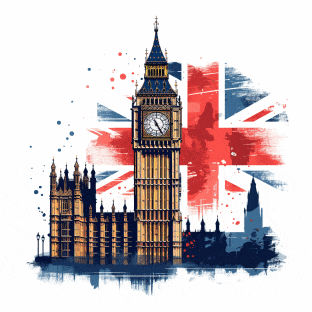The difference between much and many can often confuse English learners, yet understanding these quantifiers is essential for mastering the language. Both ‘much’ and ‘many’ are used to describe quantities, but their usage depends on whether the noun in question is countable or uncountable.
Understanding Countable and Uncountable Nouns
Before diving into the difference between ‘much’ and ‘many’, it’s crucial to grasp the concept of countable and uncountable nouns. Countable nouns, such as ‘apple’ or ‘car’, are items that can be quantified with numbers and have both singular and plural forms. Uncountable nouns, like ‘water’ or ‘information’, do not have a plural form and represent substances or concepts that cannot be counted individually.
What's your English level?
Discover your level now: A1/A2/B1/B2/C1/C2 and GET your certificate!
When to Use ‘Much’
‘Much’ is typically used with uncountable nouns. It is often found in negative sentences or questions because these structures naturally lend themselves to discussing quantities without precise numbering. For example:
- How much water do you drink daily?
- There isn’t much time left to complete the project.
In affirmative sentences, using ‘much’ can sound overly formal, and alternative expressions like ‘a lot of’ are usually preferred.
When to Use ‘Many’
‘Many’, on the other hand, is used with countable nouns. It’s more flexible than ‘much’ and can be appropriately used in affirmative, negative, and interrogative sentences:
- Many children love playing outdoors.
- Are there many books in the library?
- She doesn’t have many friends in the city.
Comparing ‘Much’ and ‘Many’
Let’s take a closer look at a comparison between ‘much’ and ‘many’ in English:
| Use | Much | Many |
| Type of Noun | Uncountable | Countable |
| Examples | Water, Information, Time | Books, Children, Cars |
| Example Sentences | How much sugar is there? There isn’t much hope. |
How many apples? There are many challenges. |
Practical Tips for Correct Usage
It can be helpful to remember key phrases and contexts where these words are used. Additionally, practicing with examples in a well-thought-out manner contributes to understanding. Here are some tips:
- Create your own sentences using both ‘much’ and ‘many’ to reinforce your understanding.
- Listen to native speakers and note their usage in different contexts.
- Engage in English language platforms like GET Global English Test to assess your current level and receive personalized feedback.
Resources for Further Learning
Understanding English grammar rules such as the difference between ‘much’ and ‘many’ is fundamental to achieving fluency. For additional resources:
- Refer to the Cambridge Dictionary for detailed definitions and examples.
- Visit the British Council for a comprehensive guide on English grammar topics.
- Merriam-Webster provides extensive language resources accessible here.




